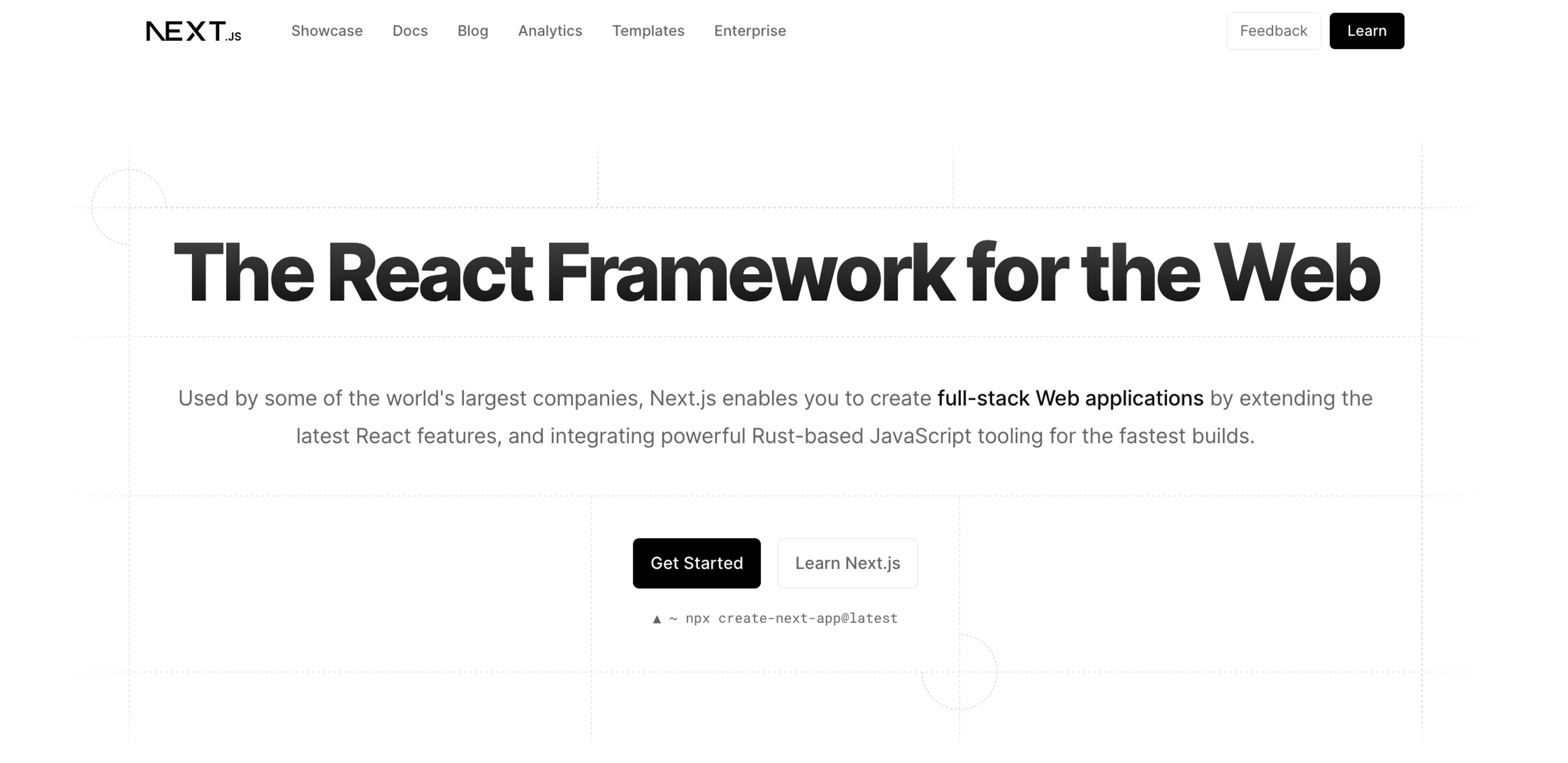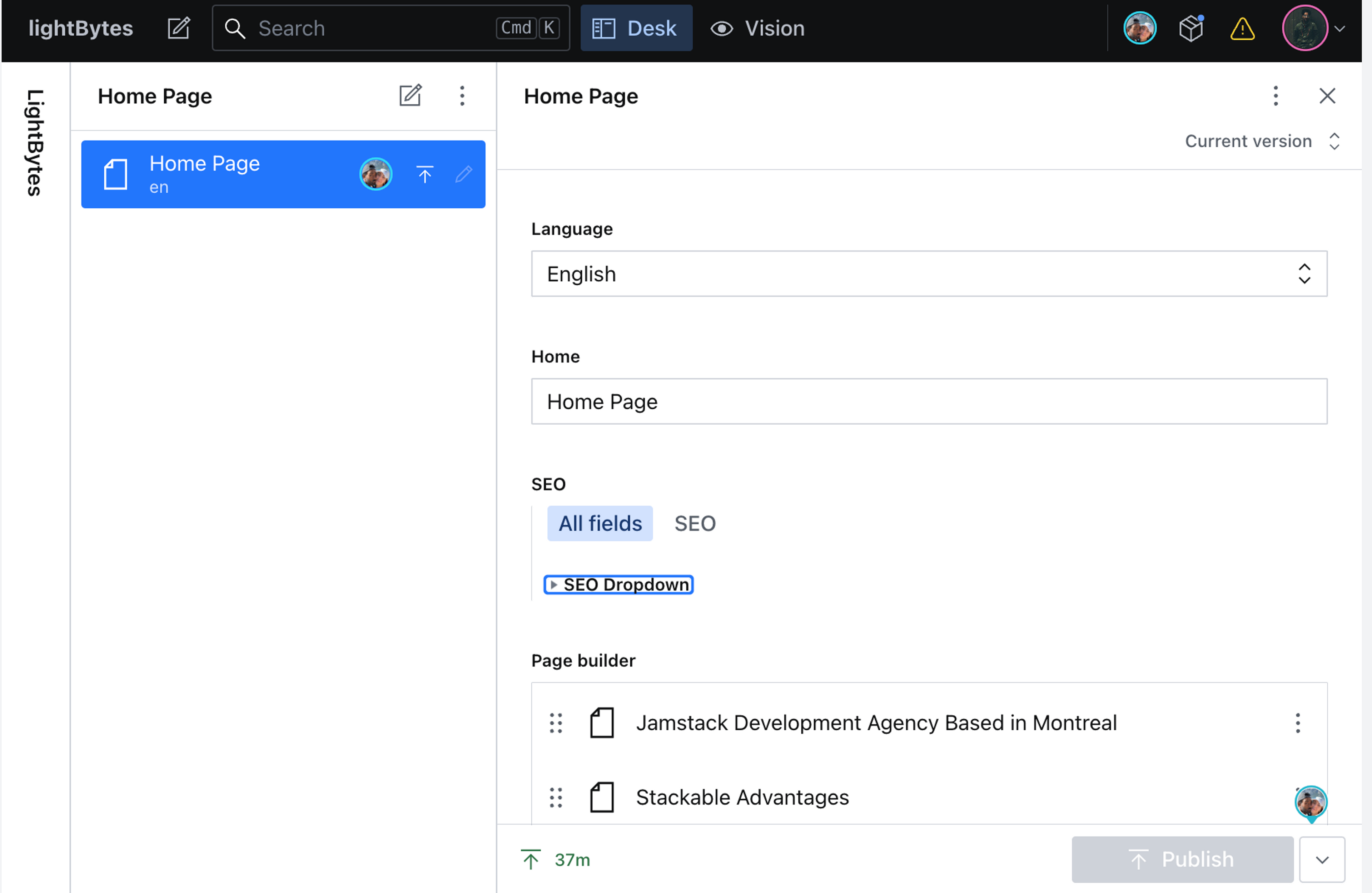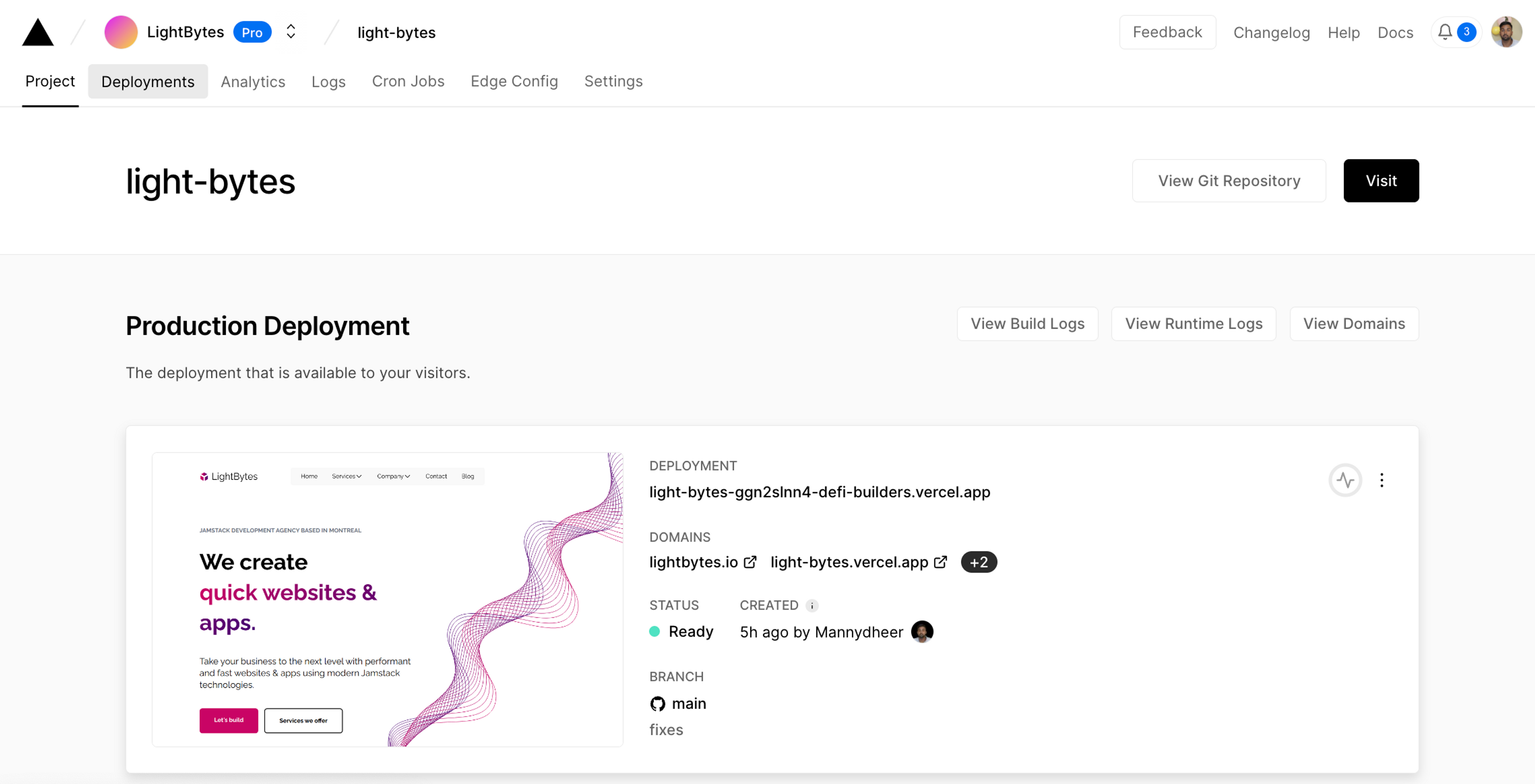Over the last few years, the Jamstack architecture has gained a ton of popularity and has evolved incredibly as more and more folks are incorporating this technology into their businesses. Jamstack is powerful and important as it's the modern way of building many websites today. Let's get started and explore how Jamstack can possibly benefit you.
What is Jamstack?
The term "JAMstack" was first introduced by Matt Biilmann and Chris Bach at Netlify which stood for for "JavaScript, APIs, and Markup". Initially, it started off as the way of building the web where all of the websites content would be statically generated and served up as markup from content delivery networks (CDN's). For static websites (e.g. Information/presentation websites), this was enough but over the years, use cases for more dynamic websites (e.g. Websites with frequent content updates) needed to be addressed. This led to innovation and ideas in the space and eventually the growth of Jamstack.
Over time, it's evolved greatly and has become the modern web development architecture designed to help deliver incredibly fast, highly secure and scalable web applications. Jamstack focuses on building dynamic web applications through composable pieces where the frontend is decoupled from the backend and 3rd party services. The frontend can then easily consume the services they need through an API interface.

Core Principles of Jamstack
Jamstack focuses on two core principle:
Pre-Rendering:
The first core principle of Jamstack is to pre-build the entire frontend into highly optimized static assets during the build process of deploying a website. The pre-rendering is responsible for generating those assets and then hosting them to global Content Delivery Networks (CDN's). This allows for websites to be served incredibly quickly irrelevant of where the user's location is.
Due to the websites content being pre-built, load times are reduced and the response time to serve requests are quicker.
Today, there are many web frameworks like Next.js and Astro that help us build Jamstack websites. In addition, there are tons of hosting providers like Vercel and Netlify that help us host Jamstack websites and handle deploying those assets to a CDN.
Decoupling:
The second core principle of Jamstack is decoupling. With Jamstack, the frontend can be decoupled from the backend and 3rd party integrations. The frontend can then interact with what it needs through an API layer. For example, here at LightBytes, we've integrated a powerful headless CMS known as Sanity so we can easily update our websites content. With this decoupling, there are a few benefits that arise.
For one, we have the ability to switch out these 3rd party integrations more easily since they are independent. This is quite important since updates in the web world come often and new emerging technologies often get introduced, so it allows for a website to adapt quickly to these new changes.
Secondly, decoupling leads to a proper separation of concerns from the frontend and the content or 3rd party integrations. They can be completely different systems and so they can be more easily and independently.
Benefits of Jamstack?
Jamstack development offers a number of benefits, including:
- Performance & speed: Since the website's content is pre-built and served from a CDN, Jamstack websites load incredibly fast. This means that users can quickly access the content they're looking for, leading to a better user experience.
- Scalability: Jamstack websites are highly scalable, as the content is served from a CDN rather than a single server. This means that the website can handle high levels of traffic without slowing down or crashing.
- Security: Jamstack websites are more secure than traditional web applications, as there are no server-side dependencies or backends to worry about. This means that there are fewer attack vectors for hackers to exploit.
- Simplified development: Jamstack development simplifies the development process, as developers don't need to worry about managing servers or databases. Instead, they can focus on building the website's core functionality.
Getting started with Jamstack?
If you're interested in Jamstack development, there are 3 components you'll need in order to get started:
Web framework
There are a ton of static site generation frameworks out there, our framework of choice is Next.js as it handles ways to statically render your websites content. In addition, we incorporate Typescript to ensure code safety.

Headless CMS
Using a headless CMS is a great way to manage all of a websites content. We favour using Sanity as the customizability is endless, the developer experience is easy and the pricing model is super reasonable.

Hosting Provider
We continuously ship and deliver websites by using Vercel or Netlify as our hosting provider. They offer both a CDN and Edge technology to ensure your users are always experiencing great load times on your websites.

Conclusion
Jamstack development is a modern approach to web development that offers a number of benefits, including speed, scalability, security, and simplified development. If you're tired of dealing with slow and clunky websites, Jamstack development might be just what you need.

